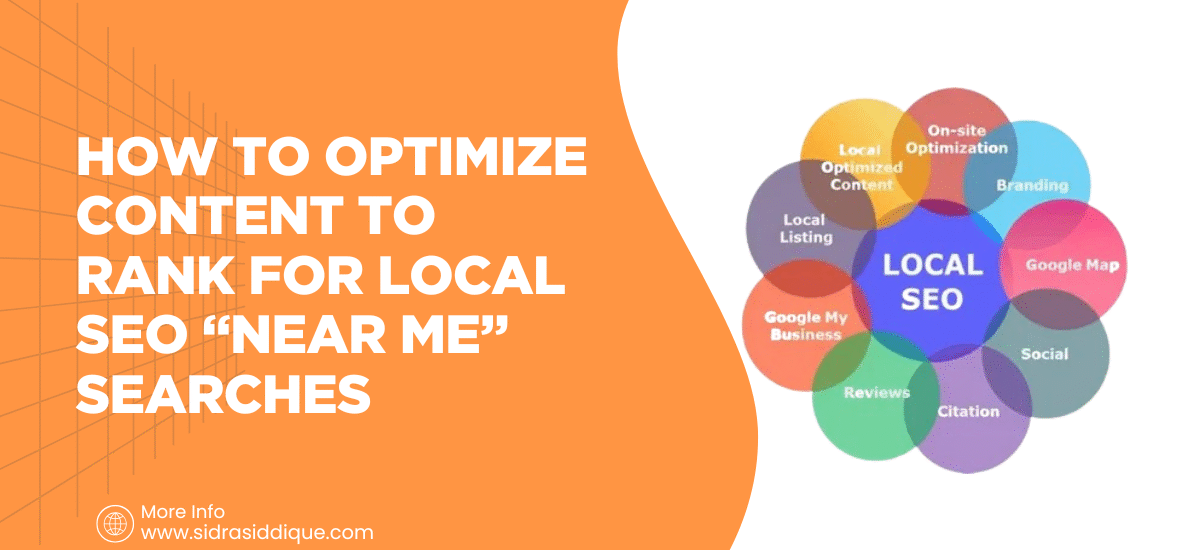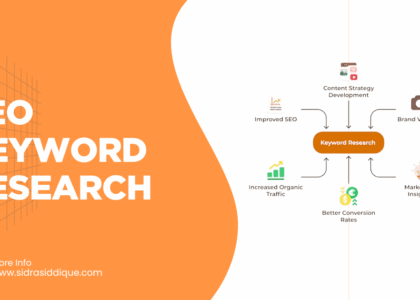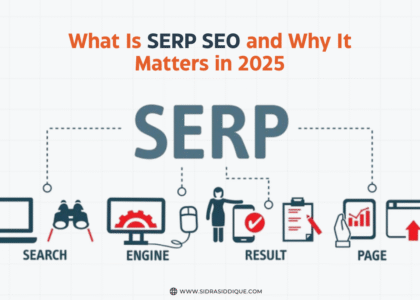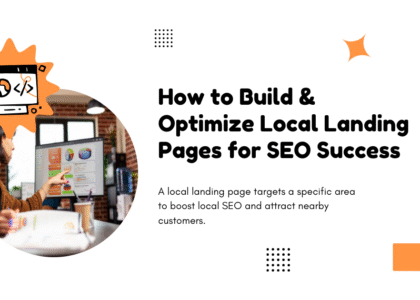Local businesses today face a huge challenge: how to stand out in crowded digital spaces where customers often search with phrases like “restaurants near me” or “best coffee shop near me.” To succeed, you must master local SEO optimization strategies that push your business ahead in local search rankings.
Optimizing content for “near me” keywords isn’t just about adding location-based phrases—it’s about understanding user search intent and aligning it with your online presence. From enhancing your Google Business Profile (GBP) to creating hyper-local content, this guide will show you practical, step-by-step methods to rank higher and capture more customers right when they’re ready to act.
The Rise of “Near Me” Searches
The phrase “open now near me” became one of the fastest-growing queries in the United States in recent years. With the rise of smartphones, users often search while walking, driving, or dining out. These are called micro-moments in search, and they happen when customers need instant solutions.
Another driver is voice search optimization. Many users simply ask Siri, Alexa, or Google Assistant, “What are the best pizza places near me?” These conversational queries changed the way Google ranks local results, making natural phrasing and proximity more important than ever.
Why Local SEO “Near Me” Matters
People searching with “near me keywords” are usually ready to take action. They’re looking for foot traffic/physical store visits, click-to-call features, or even direct bookings. In fact, over 70% of proximity-based searches lead to an in-person visit within 24 hours.
Google relies on three local ranking factors: proximity, relevance, and prominence. This means your distance from the searcher, your business categories and attributes, and your customer reviews and ratings all shape your local search rankings.
Claim and Optimize Your Google Business Profile
Your Google Business Profile (GBP) is like your online storefront. Completing every detail—such as Name, Address, Phone Number (NAP consistency), website, business hours, and services—gives Google confidence to rank you for local landing pages.
Adding location-specific keywords like “hotel near me” or “insurance office near me” in your business description can also boost your visibility. Updating photos, selecting accurate categories, and highlighting services make your listing more appealing and credible.
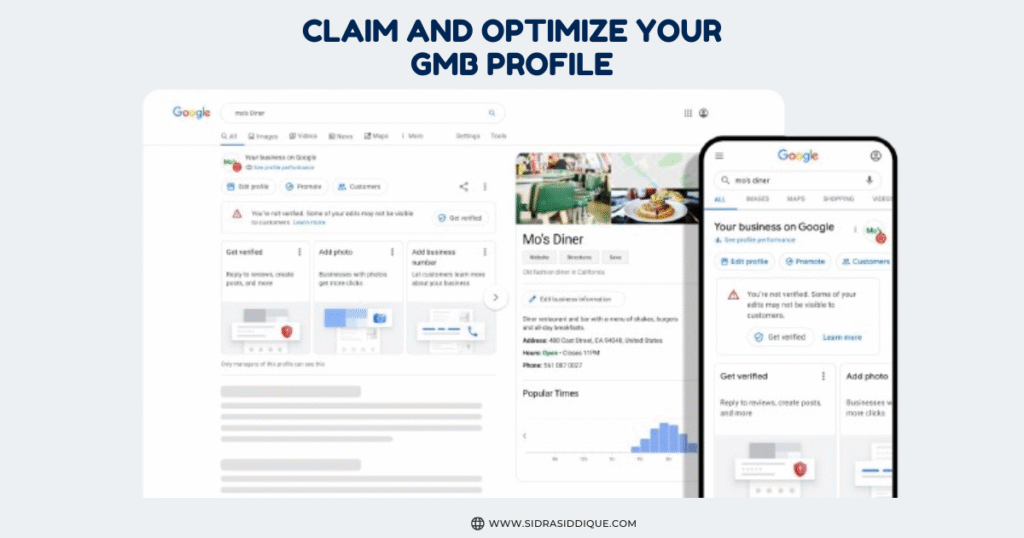
Build Trust with Online Reviews
Customers trust other people more than ads. Having many customer reviews and ratings on your profile increases credibility. Encourage clients to leave feedback with keywords like “best dentist near me” or “top-rated salon near me” to improve your relevance.
But don’t just collect reviews—manage them. Review management and reputation are key. Responding to both positive and negative feedback shows you care. Getting mentioned on review sites and local media builds authority and boosts your local SEO optimization.
Optimize On-Page SEO for “Near Me”
Your website content must support your Google Business Profile. Start by using location-based keywords in titles, headings, and meta descriptions, such as “affordable plumbers near me”. This makes your content align with real search intent.
Adding schema markup / structured data tells Google exactly who you are, where you are, and what you offer. Optimizing alt text, using geotagged images, and creating smart internal linking for local landing pages makes your site more authoritative. Following EEAT guidelines for local businesses ensures Google views you as trustworthy.
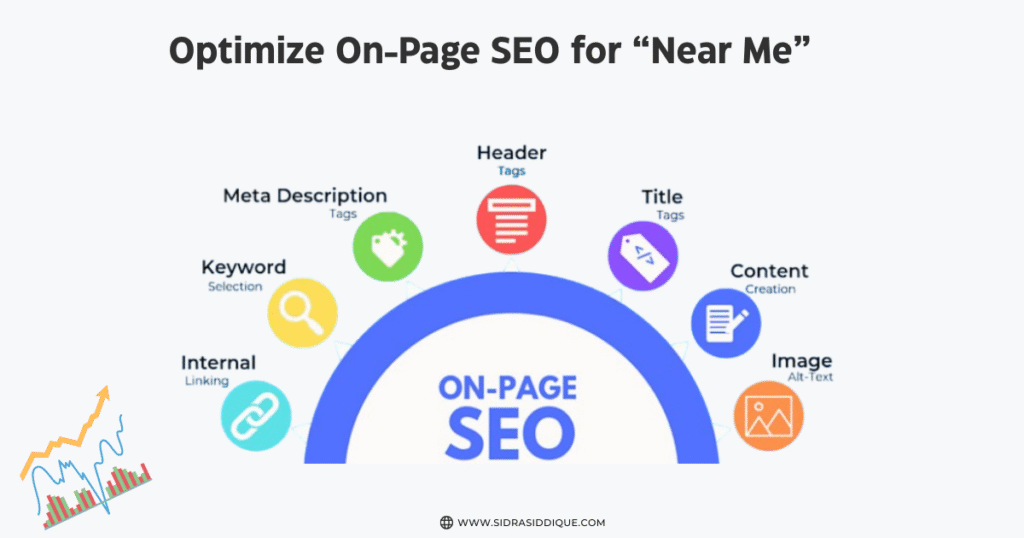
Create Location-Specific Content
A business with multiple outlets should create dedicated pages for each location. For example, a chain could have pages like “auto body shop near me in Chicago” or “hospital near me in Dallas.” Each page should mention landmarks, driving directions, and neighborhoods.
Going further, use hyper-local content such as blog posts about community stories, local events promotion, or user-generated content (UGC) from your customers. These details make your content unique and more relevant to AI-powered search results.
Optimize for Mobile & Voice Search
Google uses mobile-first indexing, which means your site must work smoothly on smartphones. A responsive, fast-loading website with clear calls-to-action like click-to-call features improves rankings and conversions.
For voice queries like “where can I find a spa near me?”, focus on conversational queries. Write in natural language, answer questions directly, and include FAQs to target voice search optimization.
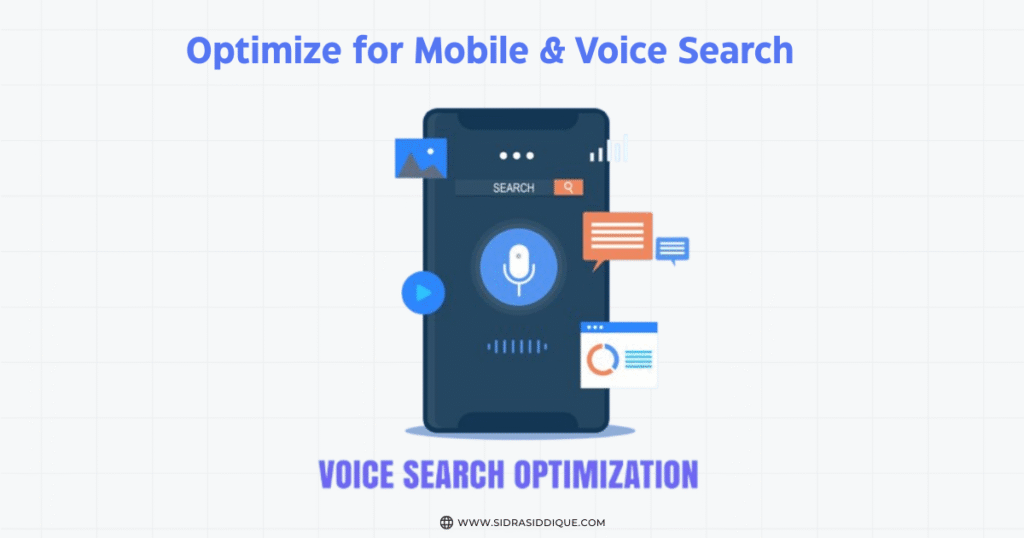
Off-Page SEO for Local Rankings
Links from local websites strengthen your authority. Getting local backlinks / link building from chambers of commerce, local blogs, or sponsorships signals trust. Submitting your business to local citations / directory listings also helps confirm your details.
One critical rule: maintain NAP consistency. Inaccurate Name, Address, Phone Number across platforms confuses Google. Participating in local events promotion or sponsoring school fairs also generates buzz and strong local SEO optimization.
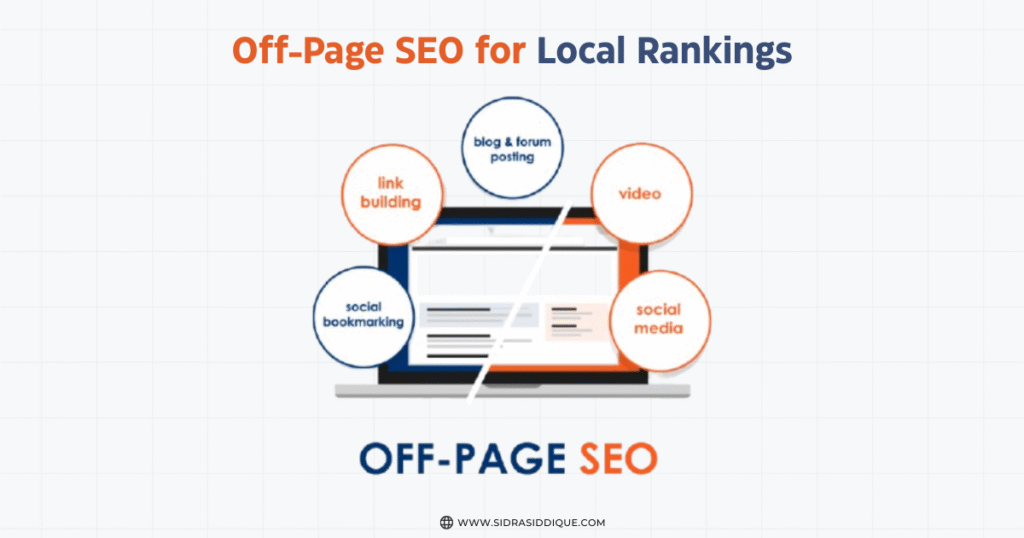
Social Media Signals for “Near Me” Searches
Social platforms also influence local search rankings. By working with local influencers, sharing hyper-local content, and promoting campaigns using hashtags like #local events near me, you strengthen visibility.
New tools even allow AI-powered local targeting to reach people in specific neighborhoods. This builds community trust while increasing your chances to rank for near me searches.
Common Mistakes in “Near Me” SEO (and Fixes)
Many businesses stuff pages with “near me keywords”, making content unnatural. Instead, use natural phrasing like “SEO services near me” within real sentences.
Other common issues include inconsistent NAP, ignoring mobile-first indexing, or neglecting your Google Business Profile. Fixes include regular updates, clean design, and accurate information across all local citations.
Tracking & Measuring Performance
Success comes from tracking data. Using Google Analytics and Google Business Insights shows how many users search “cheap services near me” or “shopping near me” before visiting your website.
Rank tracking tools help you monitor local search rankings, while customer engagement metrics like calls, clicks, and visits show the impact of your efforts.
Tools & Resources for Local SEO Success
Businesses can speed up results with specialized tools. Local SEO software and citation tools manage directory listings. Review management platforms simplify reputation control.
For the future, voice & AI search optimization tools help your site match AI-powered search results. Combining these resources ensures sustainable growth.
Advanced Strategies for Competitive Markets
In crowded industries like restaurants near me or hotel near me, you’ll need extra tactics. Geofencing and geotargeting let you push ads to people walking near your store.
Some businesses even create a secondary brand to capture keywords like “affordable spa near me.” Partnering with local PR and media also builds prominence and strong local backlinks.
Final Thoughts: Start Ranking Higher in “Near Me” Searches
The future of local SEO optimization is about context, trust, and speed. If you want to rank for near me searches, focus on Google Business Profile optimization, review management, hyper-local content, and voice search optimization.
Every step you take improves your visibility. Start today, and the next time someone asks “how do I get to a spa near me?”, your business could be the first answer they see.
Frequently Asked Questions (FAQs):
- How to rank on “near me” keyword?
To rank for “near me” keywords, optimize your Google Business Profile, keep NAP consistency, earn local backlinks, and use hyper-local content with phrases like “restaurants near me” or “auto repair near me.” - How do I rank for a keyword?
You need to create high-quality content around the keyword, optimize on-page elements (title, headings, meta), build relevant backlinks, and match search intent. - How to rank higher in local search?
Complete and optimize your GBP, collect positive customer reviews, use schema markup, and ensure your site is fast, mobile-friendly, and location-optimized. - What are the 3 C’s of SEO?
The 3 C’s are Content, Code, and Credibility—great content, clean technical SEO, and trusted authority signals.

